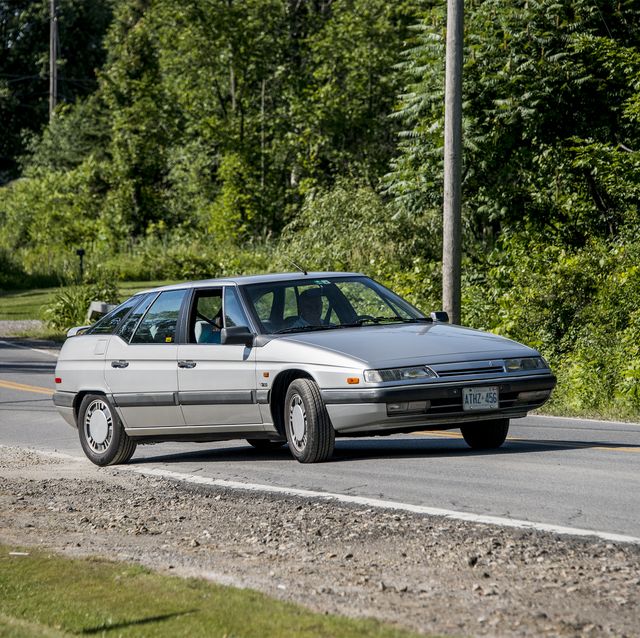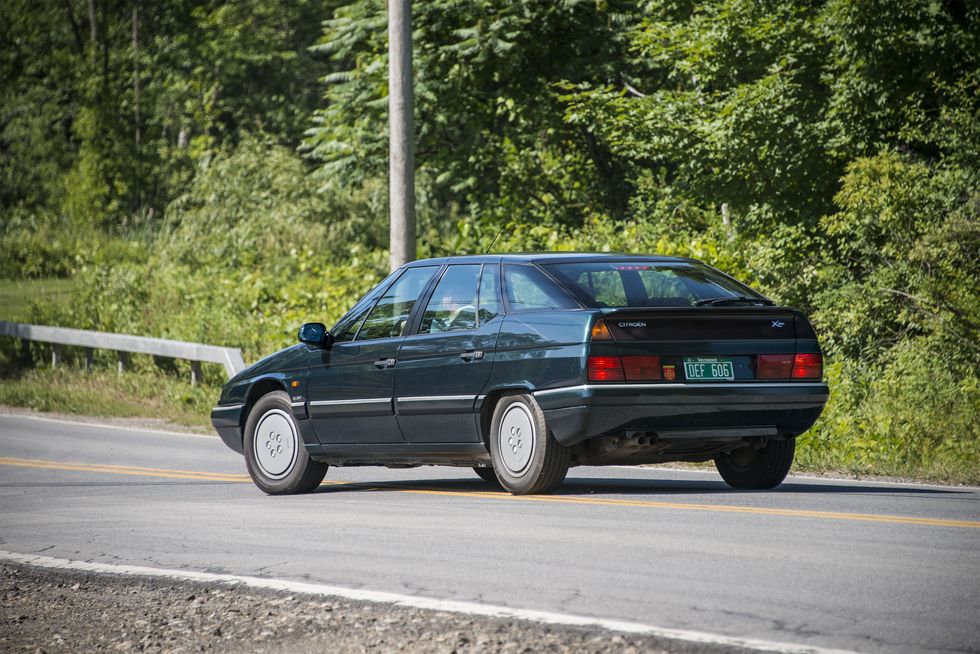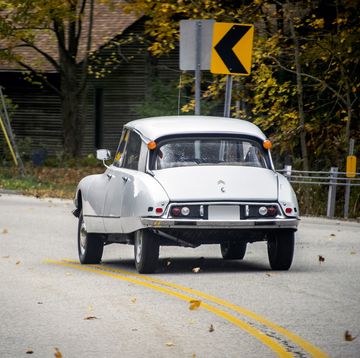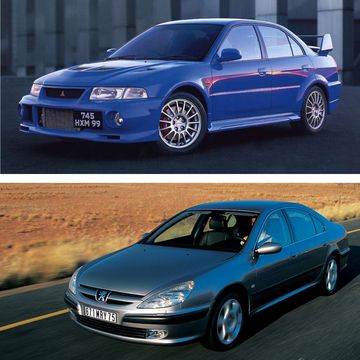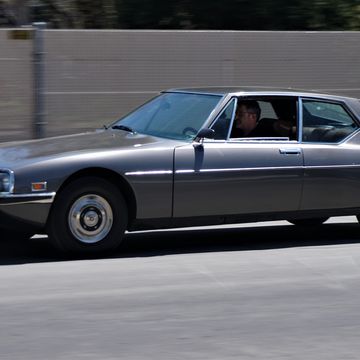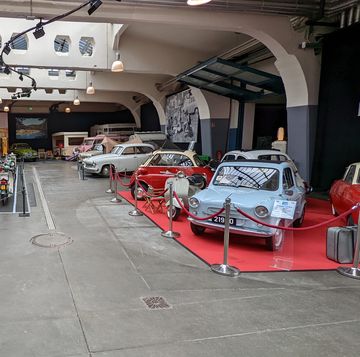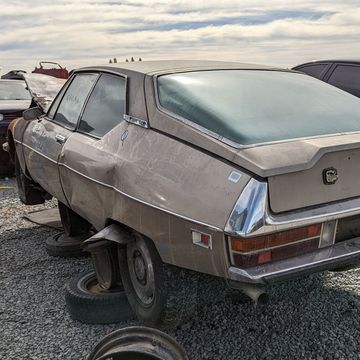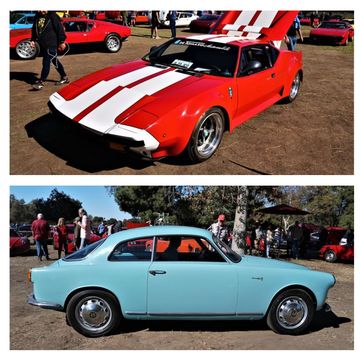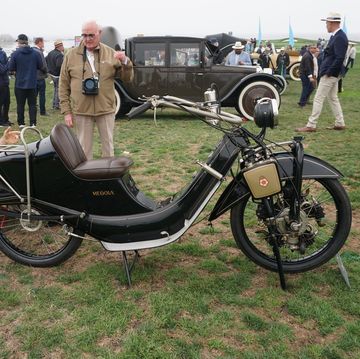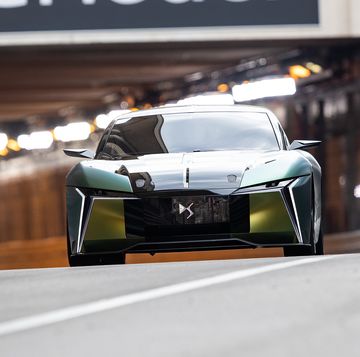The debut of the BMW XM may have gone unnoticed by this point, were it not for the PHEV arriving with dramatic bodywork and an unusual name. Let's face it: a new plug-in hybrid crossover from BMW could have simply been folded into one of the current X models, in this age of EV debuts, and not many would have taken note. After all, BMW is close to launching a hydrogen-powered X5, and odds are few have even noticed this development. Munich choosing to make a stylistic splash with the XM makes sense in this context.
It just so happens that another automaker faced a similar dilemma three decades ago: How to launch an all-new model that, at its core, is a large and floaty sedan that would compete with a number of other large and floaty European sedans.
That model was the Citroën XM, and it ended up making a bold style statement that set the tone for the whole decade.
The Citroën XM, in effect, arrived to pick up the baton from the CX, which spent an inordinately long time in production even for a European flagship sedan, covering an entire epoch from 1974 until 1991. The sleek and low five-door was a successor to the equally futuristic DS, and it was easily one of the most memorable executive cars of its era, pairing a plush hydropneumatic ride with a futuristic interior and optional V6 power with 168 hp on tap.
The XM had big shoes to fill when it came time to replacing the CX, when it arrived in the spring of 1989.
Styled by Bertone, the XM paired angular bodywork with a profile made familiar by its predecessors, featuring a long front overhang, a truly spacious interior, and a magic carpet ride of a suspension. The wedge-shaped sedan was a collection of horizontal lines, but managed to be very aerodynamic, especially compared to the German sedans of the day. Its interior accommodations eclipsed just about everything else in production at the time, especially the W126 S-Class.
By comparison, the CX was a snug five-door hatchback; the XM was nothing short of a spaceship for the road.
Powerplants ranged from the 2.0-liter inline-four to a 3.0-liter V6 in gasoline engines, while the diesel options were even more thrifty, with 2.1- and 2.5-liter inline-fours on the menu, the latter with a turbo.
Citroën saw no need to take on the Germans directly, as the XM set its sights on sedans from the second tier, but in practice it had very little direct competition: Odds were you were either going to buy the XM because it was so French and unique, or you were simply going to buy something else. (In case you wanted something else, its platform sibling was the Peugeot 605, and it was styled far more conservatively). The XM didn't really need to prove itself in direct combat with the competition, the thinking went.
Speaking of combat, if you've seen the XM in film, it was probably in the 1997 John Frankenheimer classic Ronin, where the sedan managed to hold its own against a nitrous-boosted Audi S8—an unlikely pairing with an unlikely result, all things considered—as the XM managed to evade the S8 for some time.
Still, despite this brave outing against an Audi S8, the Citroën XM did not see as much commercial success as its predecessors, leaving production in the year 2000 after just over 330,000 examples had been built.
The sedan drew mixed reviews from the automotive press, and was not regarded as offering an exciting driving experience, even though its ride quality was generally praised. The XM's design, considered futuristic in 1989, seemed less so by the mid 1990s as softer shapes came into vogue, leaving the XM an oddball choice in a sea of Japanese and European executive sedans. Citroën's smaller models followed its design elements into the 1990s, but had an easier time finding buyers as the XM was not cheap.
The XM even made it stateside in small numbers, as a couple dozen examples were federalized by an importer called CXA Automotive, with most of those sedans and wagons surviving to this day. And they're the ones you see in these photos.
The legacy of the XM is difficult to untangle from its traditional top spot in the marque's lineup, with the C6 successor perhaps being even more of an exercise in paying homage to the formula of the past. The C6 also ended up being the rarest flagship from the marque in this particular lineage in terms of the number of units built, approaching the volume of some supercars of the day. But even the C6 was arguably upstaged by the dramatic styling of the XM.

Jay Ramey grew up around very strange European cars, and instead of seeking out something reliable and comfortable for his own personal use he has been drawn to the more adventurous side of the dependability spectrum. Despite being followed around by French cars for the past decade, he has somehow been able to avoid Citroën ownership, judging them too commonplace, and is currently looking at cars from the former Czechoslovakia. Jay has been with Autoweek since 2013.
